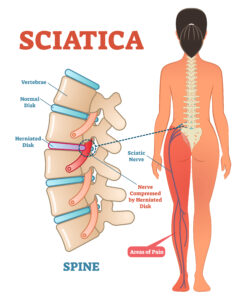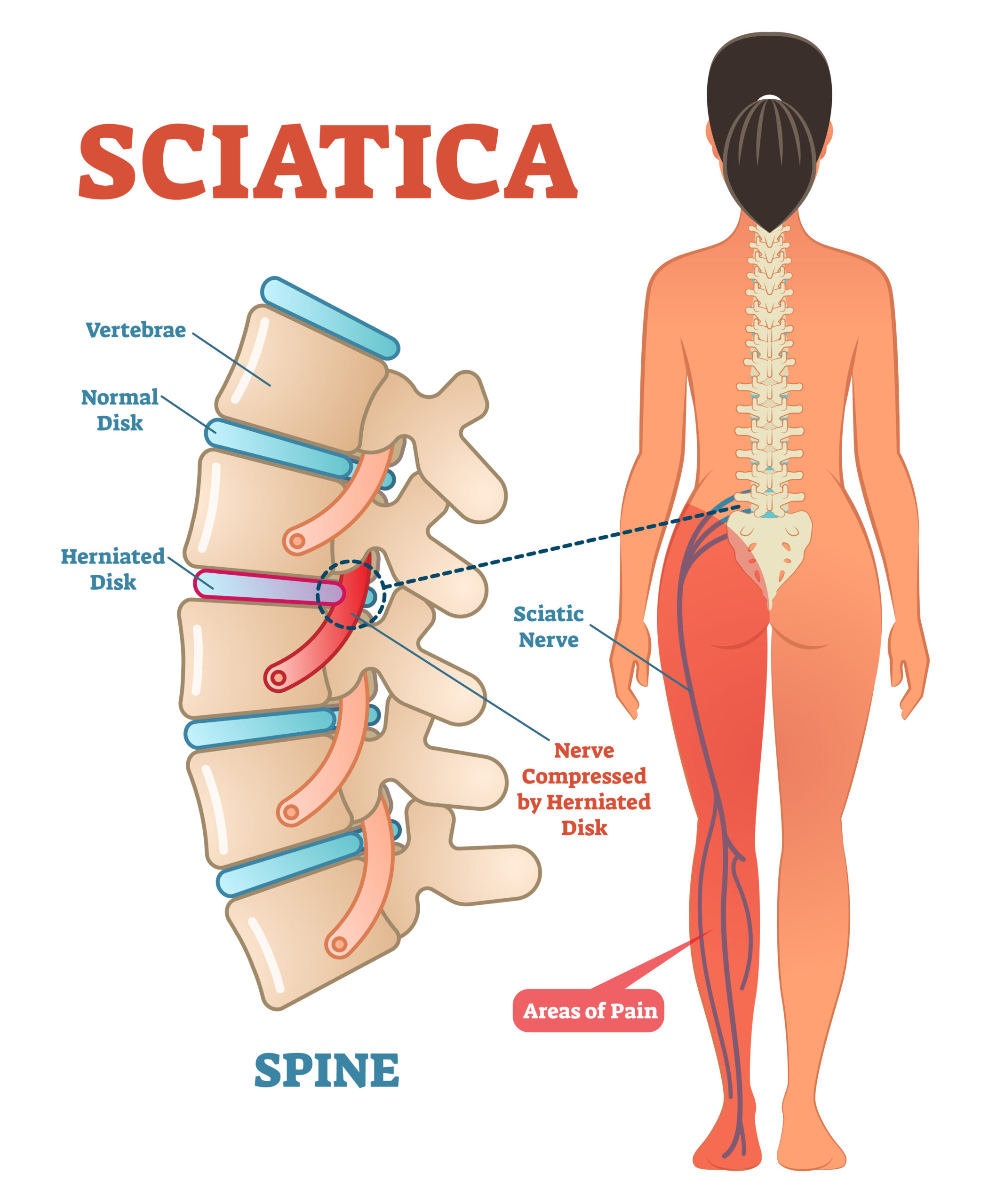How Do Chiropractors Know Where to Adjust?
You may already know how much a chiropractic treatment can help alleviate pain or treat an injury, but you may not know how chiropractors know where to adjust. Far from guesswork, a chiropractor utilizes years of training and experience to make sure that your chiropractic neck and back adjustment is safe and effective.
Let’s take a look at a few of the standard ways that your chiropractor will determine where to adjust.
Discuss symptoms and lifestyle
Like trips to most doctors, your chiropractor will generally begin by asking a lot of questions. Those questions will help make sure that they don’t offer a chiropractic neck adjustment for your lower back pain.
Your chiropractor will ask questions about:
- Where you are currently experiencing pain or discomfort
- Any history of pain
- Injuries you may have (now or in the past)
- Your medical history
Additionally, your chiropractor will ask about your lifestyle to determine what may be causing specific pain. They’ll want to know if you sit all day, drive a vehicle for hours, do construction, or stand for long periods of time.
All of these questions will help determine the best treatments for you. This is often a good time to discuss any side effects that chiropractic treatment may cause, and what to do after your chiropractic adjustment.
External tests
Sometimes to know how and where to adjust, a chiropractor will want external tests. Chiropractors may order x-rays, CT scans, or an MRI to make certain that your chiropractic neck or back adjustment is safe and likely to help.
The Cleveland Clinic explains that “your chiropractor develops a treatment plan based on your symptoms, exam findings, and the results of tests.”
Evaluate range of motion
In addition to those tests (if they are needed), your specialist will do a physical exam. Depending on where you are experiencing pain, your doctor may want to evaluate your range of motion. Before a chiropractic neck adjustment, for example, your specialist will look at how far and effectively you can turn your neck, raise your shoulders, or move your head back and forth. They will do a similar evaluation on other parts of the body as well, to determine how to help. As
Spine Health says, “Chiropractors are trained to assess range of motion, stability, muscle strength, muscle tone, and other assessments with the lower back.”
Assess gait and posture
Next, your chiropractor will evaluate your gait and posture. They will need to know how you move, how you stand, and what may be impacting any issues they spot. Knowing if you slouch, for example, or walk with uneven weight on each foot, will help your chiropractor know where to adjust to address the problems (and relieve your pain).
Body palpation
And finally, palpating your joints and muscles is a key way that chiropractors will know where to adjust.
Spine Health explains, “Chiropractors are trained in examining the joints, bones, muscles, and tendons of the spine, head, extremities, and other areas of the body with the purpose of noting any misalignment, tenderness, asymmetry, defects or other problems.” They will use their fingers to evaluate how things are moving and determine the best ways to adjust.
If you think you can benefit from a chiropractic adjustment in your neck or back:
Schedule Your Visit today!







